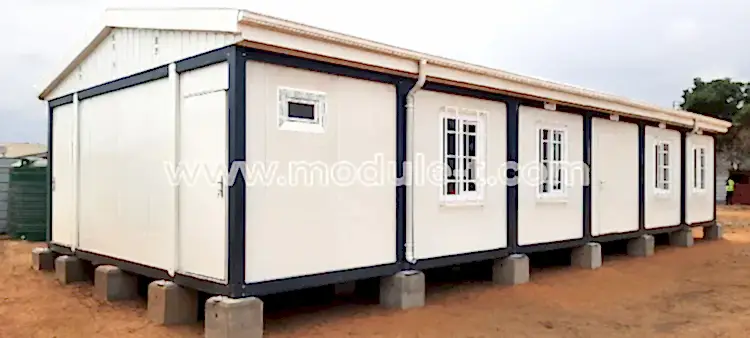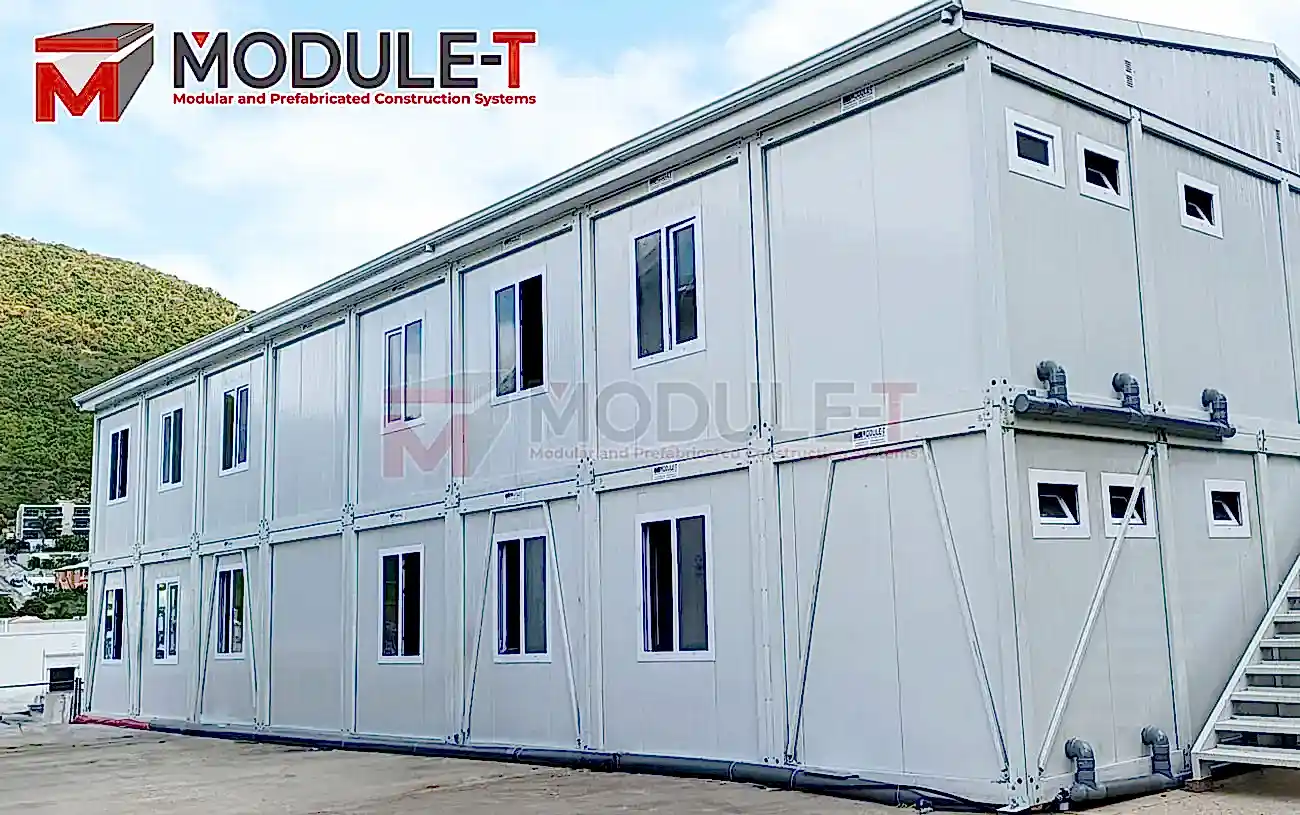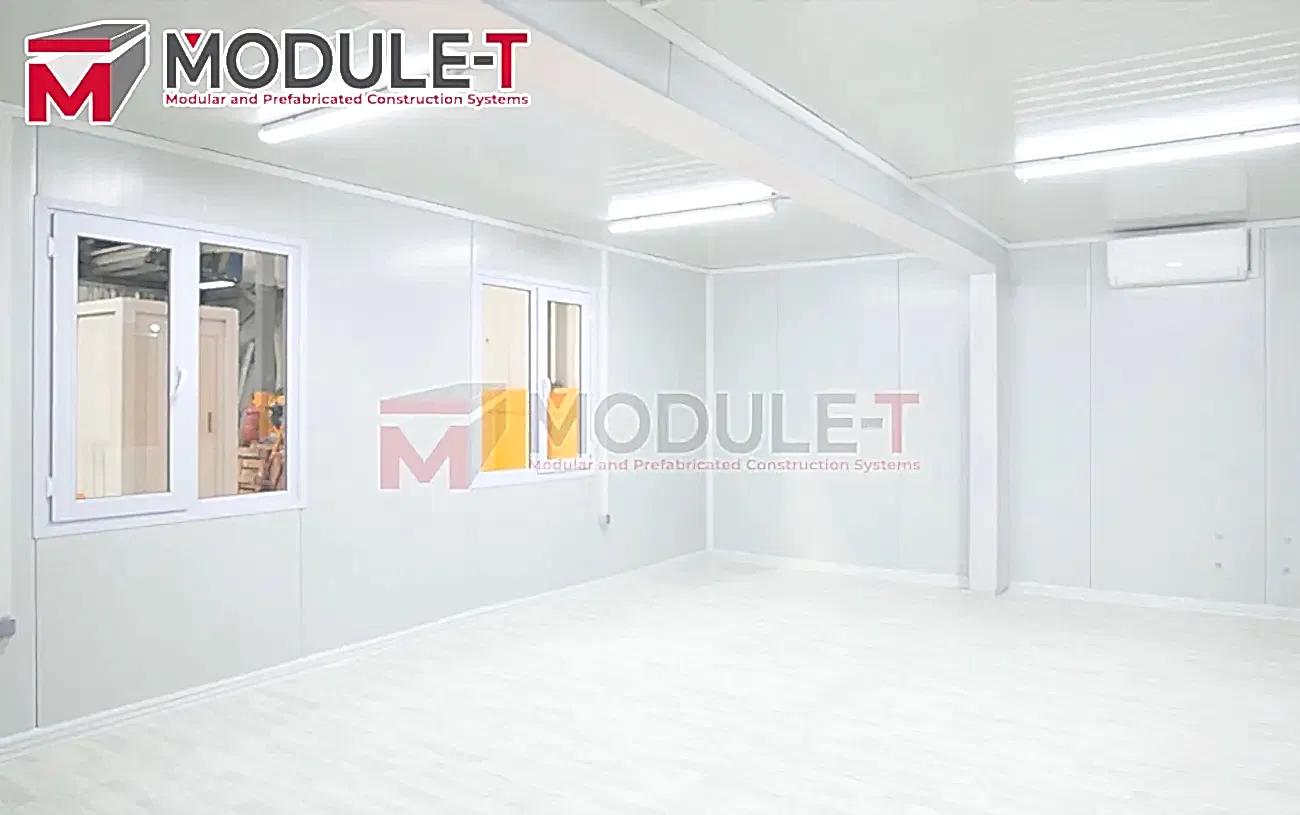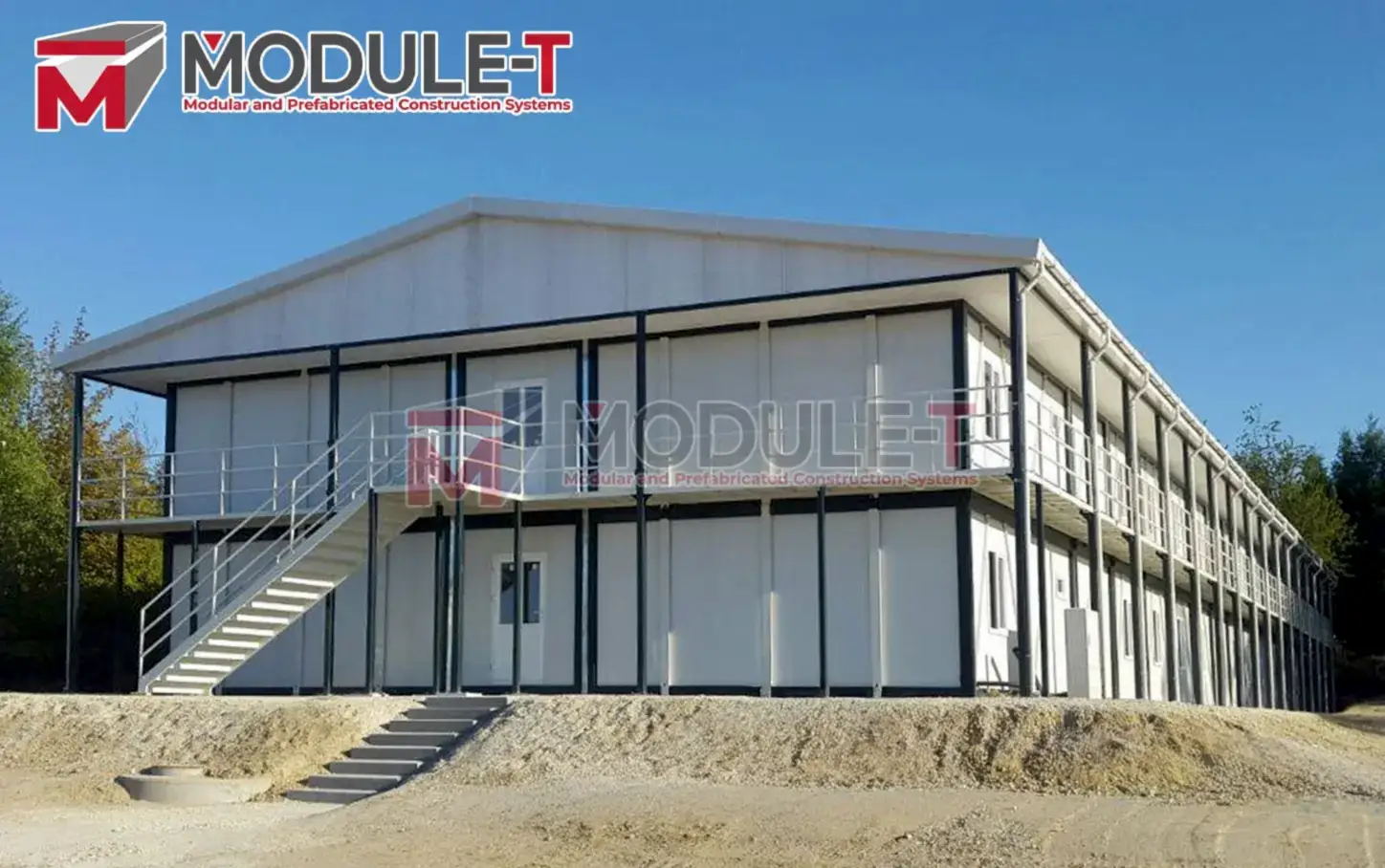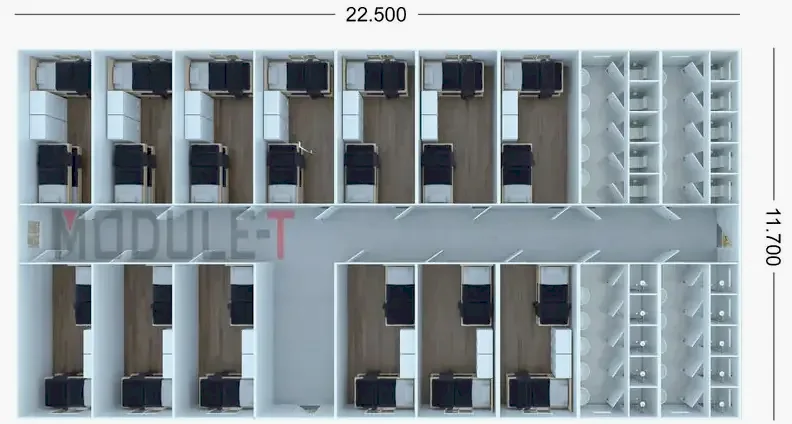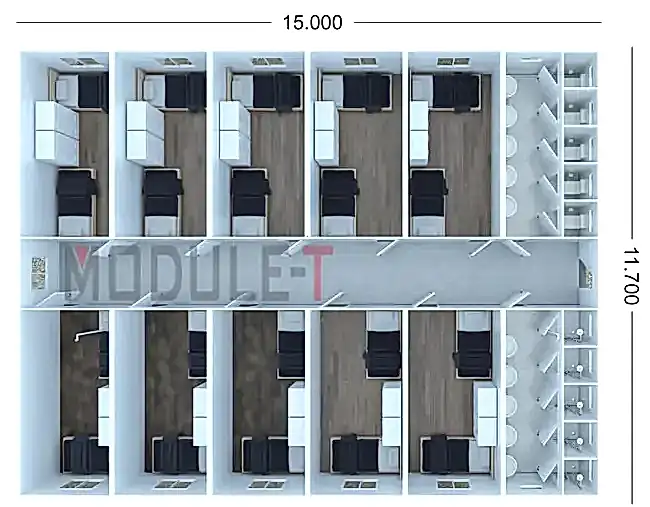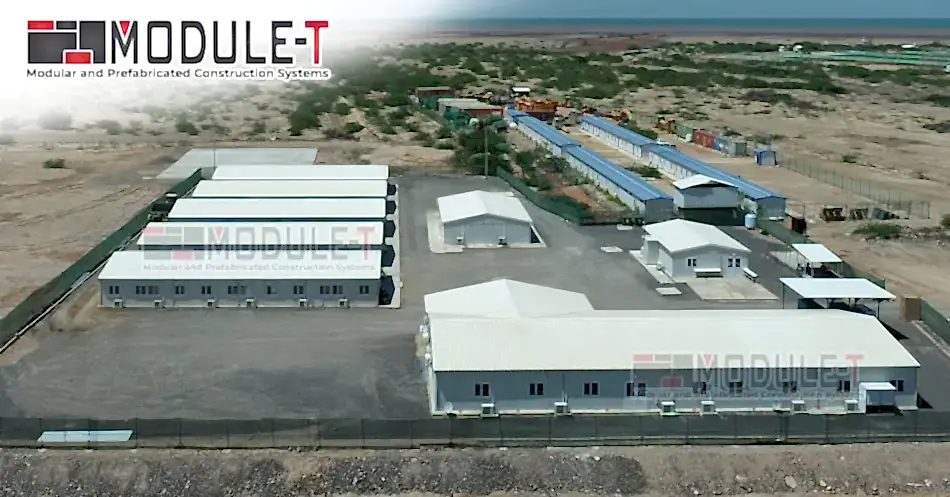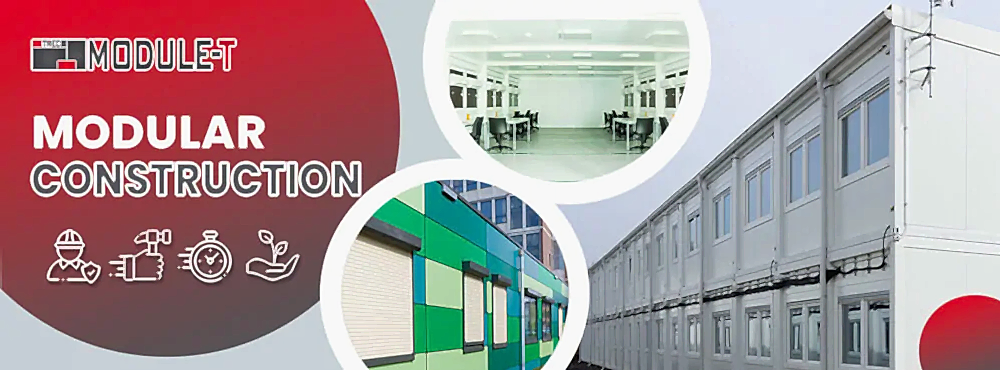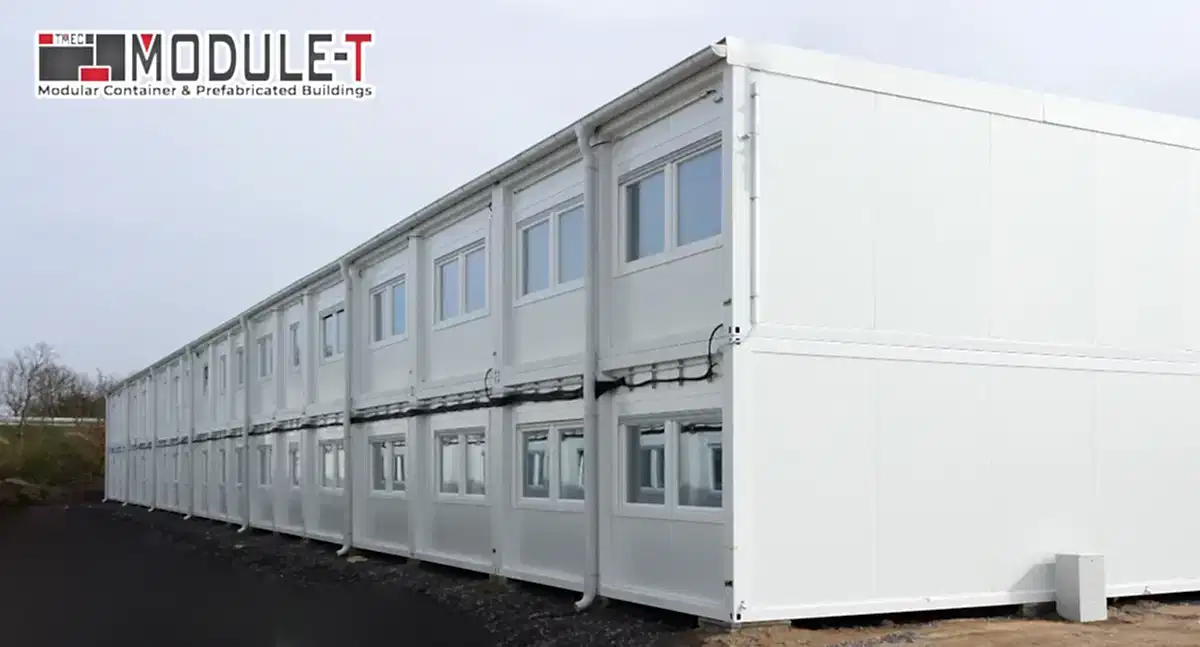A modular dormitory leverages high-grade materials such as metals and composites. These materials are chosen for their toughness, proper engineering, and ability to withstand degradation caused by environmental elements.
Our sales teams and call center are ready to help you.

- Solutions
- Flatpack Containers
- Office Containers
- Sanitary Containers
- Locker Containers
- Dormitory Containers
- Accommodation Containers
- Projects
- Products
- Contact
- Request a Quote
